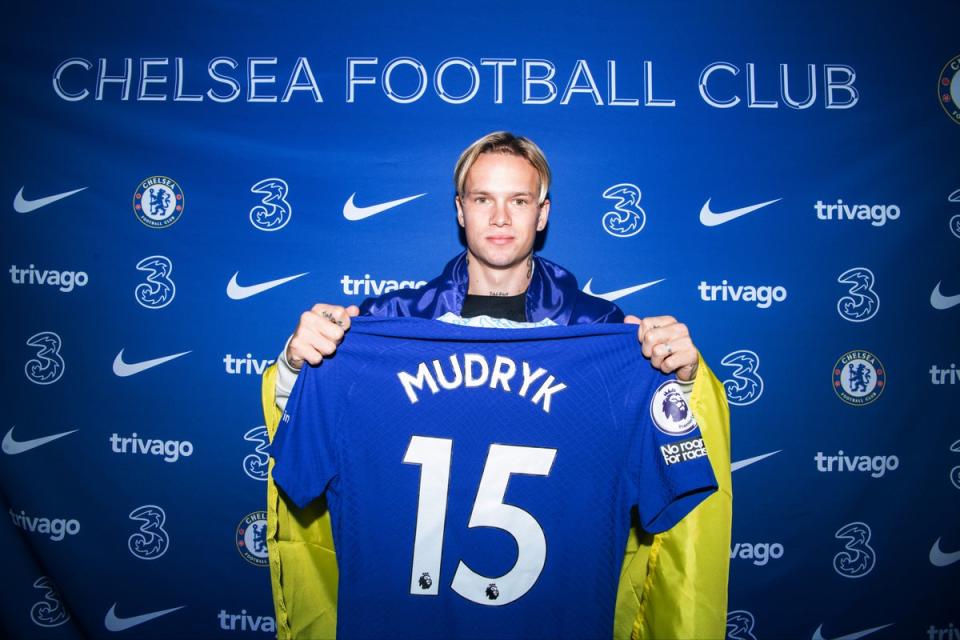How Chelsea can spend so much on transfers and stay within FFP rules amid Enzo Fernandez chase

Chelsea took their spending under new owners Todd Boehly and Clearlake beyond £500million in their deadline-day deal to sign Enzo Fernandez.
The transfer spending at Stamford Bridge has reached record levels since last summer, but has left many asking how Chelsea are able to spend so much money and stay within Financial Fair Play (FFP) rules. Under Premier League FFP rules, clubs are allowed to lose £105m over a rolling three-year period.
UEFA rules are different, allowing only a £53m loss over a three-year period. UEFA have also introduced a soft wage cap that limits spending on wages, plus agent fees and net transfer expense to an initial 90 per cent of revenue in 2023-24. That figure will then drop to 80 per cent and then 70 per cent in the two following seasons.
Chelsea’s latest financial results showed losses of £387m over three years, but the impact of the Covid pandemic on incomes has seen a loosening of regulations and the Blues have also made a significant profit on player sales in recent years.
FOLLOW ALL THE DEADLINE DAY LATEST WITH OUR LIVE BLOG!
Amortisation, the process of spreading the cost of transfers over long contracts, will also help. That means the £88.5m signing of Mykhailo Mudryk will be valued at around £11m a year over his eight-and-a-half-year deal. Wesley Fofana joined on a seven-year deal, Benoit Badiashile signed a six-and-a-half year deal, while Noni Madueke joined on a seven-and-a-half year contract.
Chelsea are on a UEFA watch list over their finances but, while their spending is being scrutinised, they are confident they will comply with FFP regulations, even if they fail to qualify for the Champions League next season.
“They have amortised contracts over incredibly long-term deals, more than the standard five-years,” explains Jake Cohen, a sports lawyer for Mackrell Solicitors.
“Amortisation is a standard accounting practice in the sport that would see a transfer fee spread over the length of a player’s contract. A £50m transfer on a five-year deal wouldn’t be accounted for up front but would cost £10m a year.”
Chelsea’s new owners understood the need to refresh the squad and their spending has dwarfed clubs across Europe.
It has led to complaints from European executives and UEFA are to change their FFP rules, setting a five-year limit over which a transfer fee can be spread.
Clubs will still be able to offer longer deals under UK rules, but will not be able to stretch transfer fees beyond the first five years. The change will come into force during the summer and will not apply retrospectively.

Football finance expert Kieran Maguire, author of the Price Is Football, said. “It has upset [Spain’s] La Liga and their director, Javier Tebas, is certainly one who is very angry. I think it has reinforced the view that the Premier League is the Super League.
“Getting in before the rules change happens in all walks of life. There’s nothing wrong with what they’re doing. It’s just they are doing it to a very extreme level that we’ve never seen in football, apart from when Roman Abramovich first arrived.
“It could work or you could be stuck with players on high wages and unwilling to leave.
“[Chelsea] are spending money like a drunk in a casino - it might still work because high risk can bring high rewards.”

